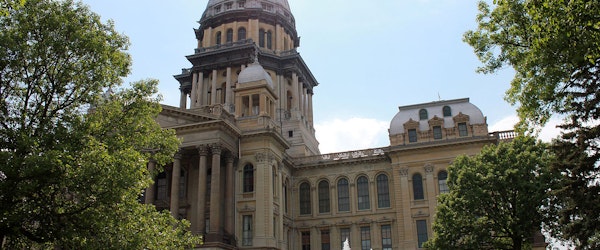
Illinois Supreme Court to Decide If Permitted Emissions Fall Under Pollution Exclusion in Insurance Dispute
Monday, April 21st, 2025 Insurance Industry Liability LitigationA pivotal legal question surrounding pollution exclusions in commercial general liability (CGL) policies is now before the Illinois Supreme Court, after the U.S. Court of Appeals for the Seventh Circuit certified a dispute involving ethylene oxide (EtO) emissions. The case centers on whether emissions authorized under a state-issued permit fall within the pollution exclusion provisions of two CGL policies issued by National Union Fire Insurance Company to Griffith Foods International Inc.
The emissions occurred at a sterilization facility in Willowbrook, Illinois, operated by Griffith and later Sterigenics. Though the Illinois Environmental Protection Agency issued a permit in 1984 allowing the emissions, over 800 individuals have since filed bodily injury claims alleging that long-term exposure led to cancer and other illnesses. The policyholders argue that permitted emissions should not trigger the pollution exclusion, citing a 2011 Illinois appellate decision (Imperial Marble), which found ambiguity in exclusions when emissions are sanctioned by regulatory permits.
In contrast, the insurer contends that the emissions qualify as traditional environmental pollution under the Koloms precedent, especially given their industrial nature and long-term impact. With conflicting interpretations of Illinois law, the Seventh Circuit certified the issue to the Illinois Supreme Court, seeking clarity on the role of permitting in the enforcement of pollution exclusions.
This ruling could have far-reaching consequences in insurance coverage litigation, particularly for industrial policyholders navigating state and federal environmental permitting regimes. The Illinois Supreme Court’s interpretation is likely to set a critical precedent on a heavily litigated clause in liability insurance.





